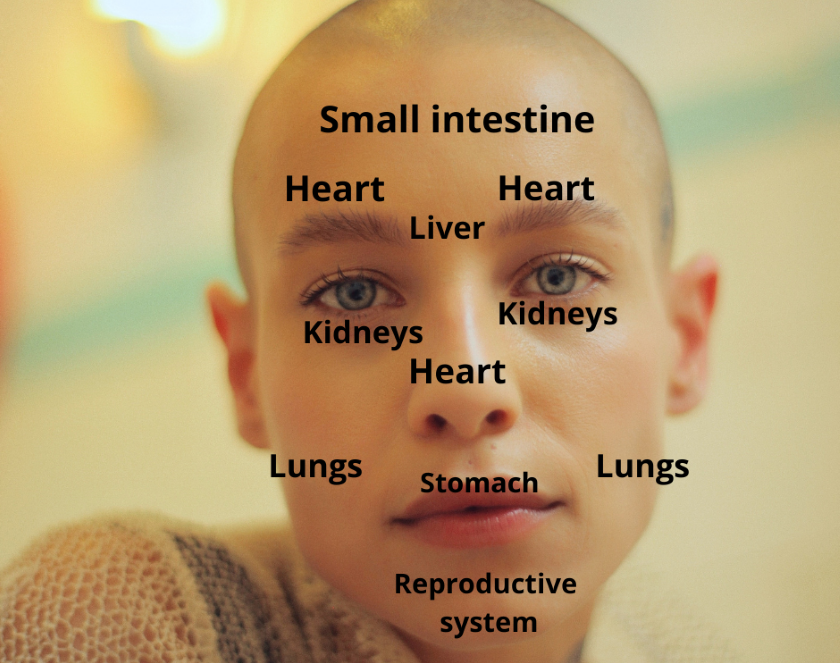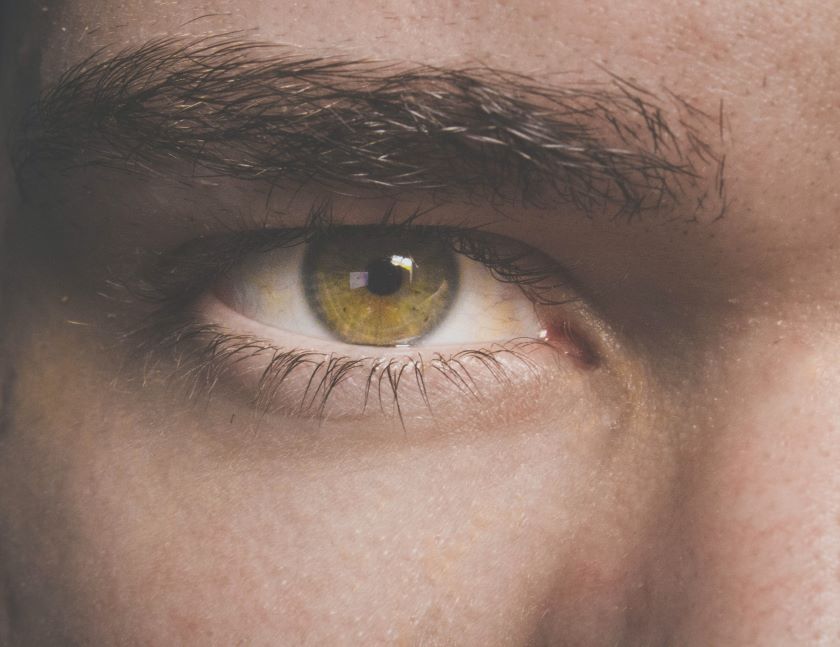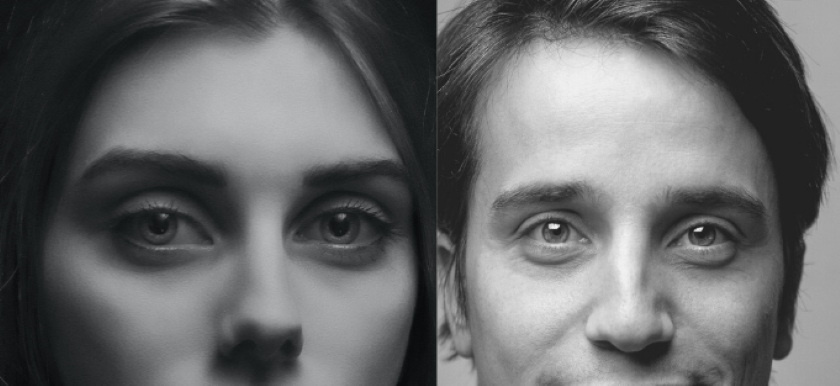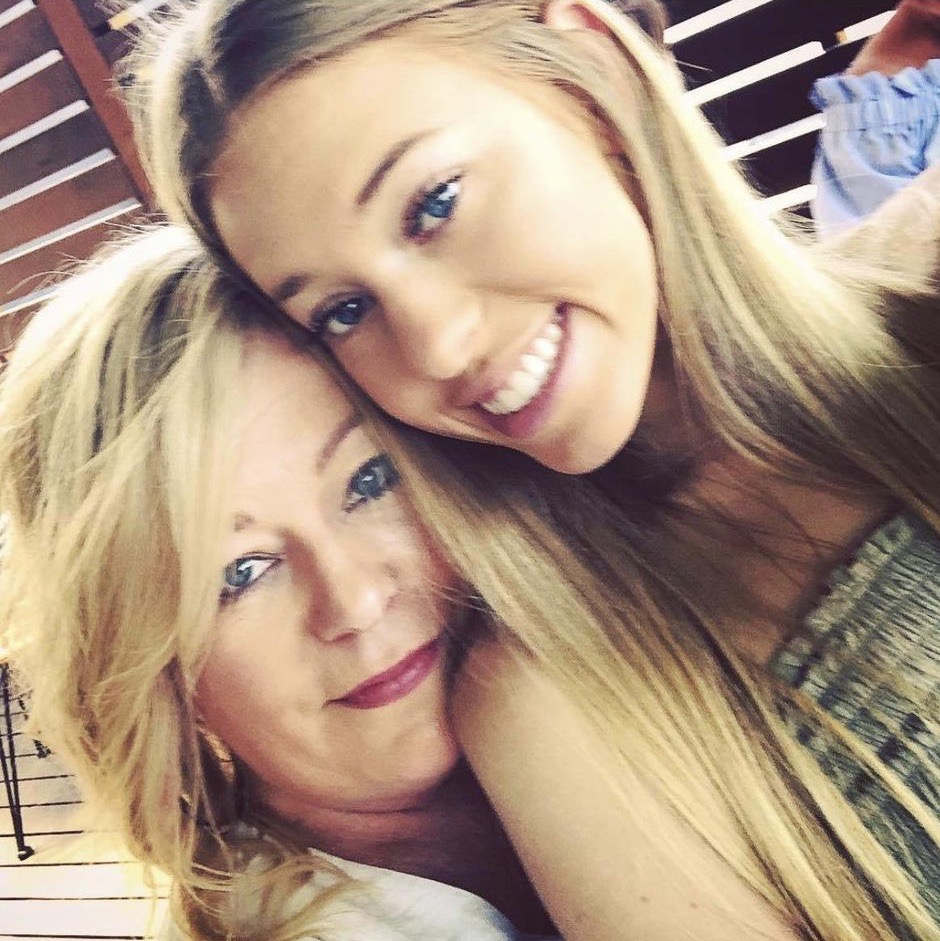Despite affecting an estimated 5 to 10% of the population, there’s a learning disability lacking much needed awareness – the lack of which is leaving children to fall behind their peers. This condition is known as dyscalculia.
Dyscalculia is a mathematical learning disability known as a Specific Learning Disability (SpLD) – a group of learning disabilities which usually involve mathematics, spelling, listening, speaking or writing. People with dyscalculia generally have difficulty with arithmetic, numbers and mathematic reasoning. The most common components include:
- Trouble understanding numbers
- A delay in learning to count
- Difficulty connecting numerical symbols with words
- Losing track when counting and
- Struggling to recognise patterns
As maths education often involves a series of ‘building blocks’ that become incrementally more complex over the years, children who miss out on some of the foundational ‘blocks’ of maths are put at an intense disadvantage to their peers when it comes to more advanced applications of mathematics. It’s especially difficult for children with dyscalculia as they may fall behind due to a lack support and recognition from the adults around them.
This can negatively impact their mental health, school marks and their options when it comes to higher education and their future career. Some of the main predictors that can indicate a child potentially has dyscalculia include:
- Difficulty adding single digit numbers
- Difficulty identifying numbers
- Inability to understand the relation numbers have to each other.
- Having limited working memory

Dyscalculia is not something to be ‘fixed’ or that children will ‘grow out of’, with studies showing that the condition is generally lifelong and that a mentality of ‘fixing’ learning disabilities has been extremely damaging. However, there are techniques that can be used to manage difficulties, cope with challenges and improve their maths skills. If children lack the proper support, this can be a major source of distress for those with the condition, especially in a school setting.
There are fun ways parents, guardians and teachers can help children improve their mathematic skills. These can include playing counting games together, offering homework help, playing online maths games or apps and using maths memorisation cards. Board games are also an excellent tool for improving mathematic reasoning skills.

With 1 in every 10 Australians suffering from a learning disability, research shows this lack of education is a major inhibitor to effective treatment. Children with conditions like dyscalculia and the more well-known dyslexia, often go under the radar, especially if teachers aren’t adequately trained to look out for the signs.
With the National Inquiry into the Teaching of Literacy report finding only 5% of the curriculum in Bachelor of Education training courses is dedicated to teaching reading, there is concern that many kids who are struggling may go unnoticed. Some of the most common conditions include:
- Dyslexia, which is considered the most common learning disability
- Dysgraphia, which relates to writing and spelling difficulty
- Dyscalculia
- Dysphasia, which relates to speech difficulties
Depending on the age of a child with dyscalculia, the signs to look out for can be different, although they may overlap:
Primary school-aged children
During primary school years, the condition may go unnoticed or symptoms may be attributed to another cause. Unfortunately, this puts children in a disadvantaged position with the consequences to continue for years. The signs that a child in primary school is dealing with dyscalculia usually include:
- Difficulty keeping count in games or activities
- Difficulty making sense of numerical value
- Trouble writing numerals legibly
- Struggling with fractions

Secondary school-aged children
Although the signs among high-schoolers may include the same as those listed for primary school, these signs are more common to find among secondary school students:
- Struggling with maths relating to finance, for example understanding how to make change or to take a percentage off of a price
- Difficult with understanding graphs or other visual representations of numbers
- Has difficulty understanding measurements for recipes or science experiments
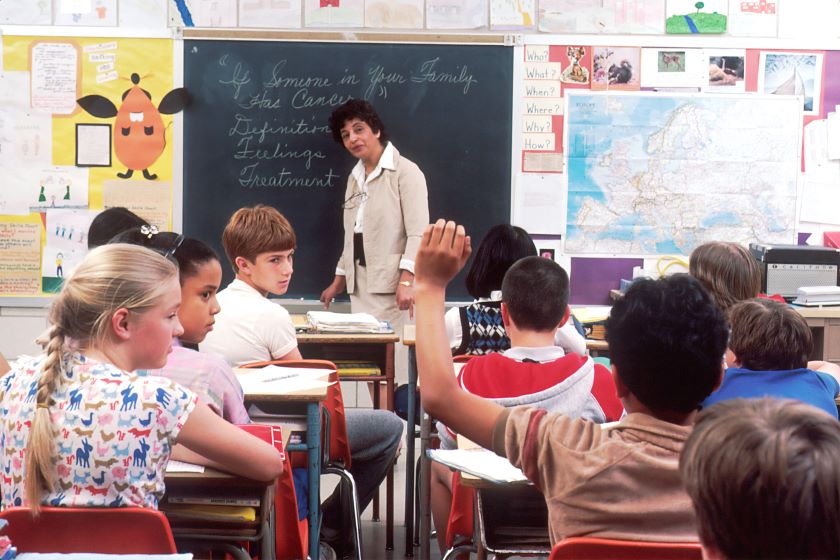
If you’ve noticed these signs in your child or student, the next step is for the child to get a proper assessment and rule out any other possibilities, such as eyesight or hearing impairments. Dyscalculia can be diagnosed by a psychologist who will assess the individual’s unique situation. It is generally required that the child being assessed receives 6 months of intervention involving mathematical assessment and instruction before a diagnosis can be made.
While all children may struggle with maths at some point and will learn at different speeds, they can usually improve with time and practice, but for those with dyscalculia, the problems may remain despite regular and intensive practice. If a diagnosis is made, the psychologist will recommend the best course of action for the child based on their strengths and weaknesses.





